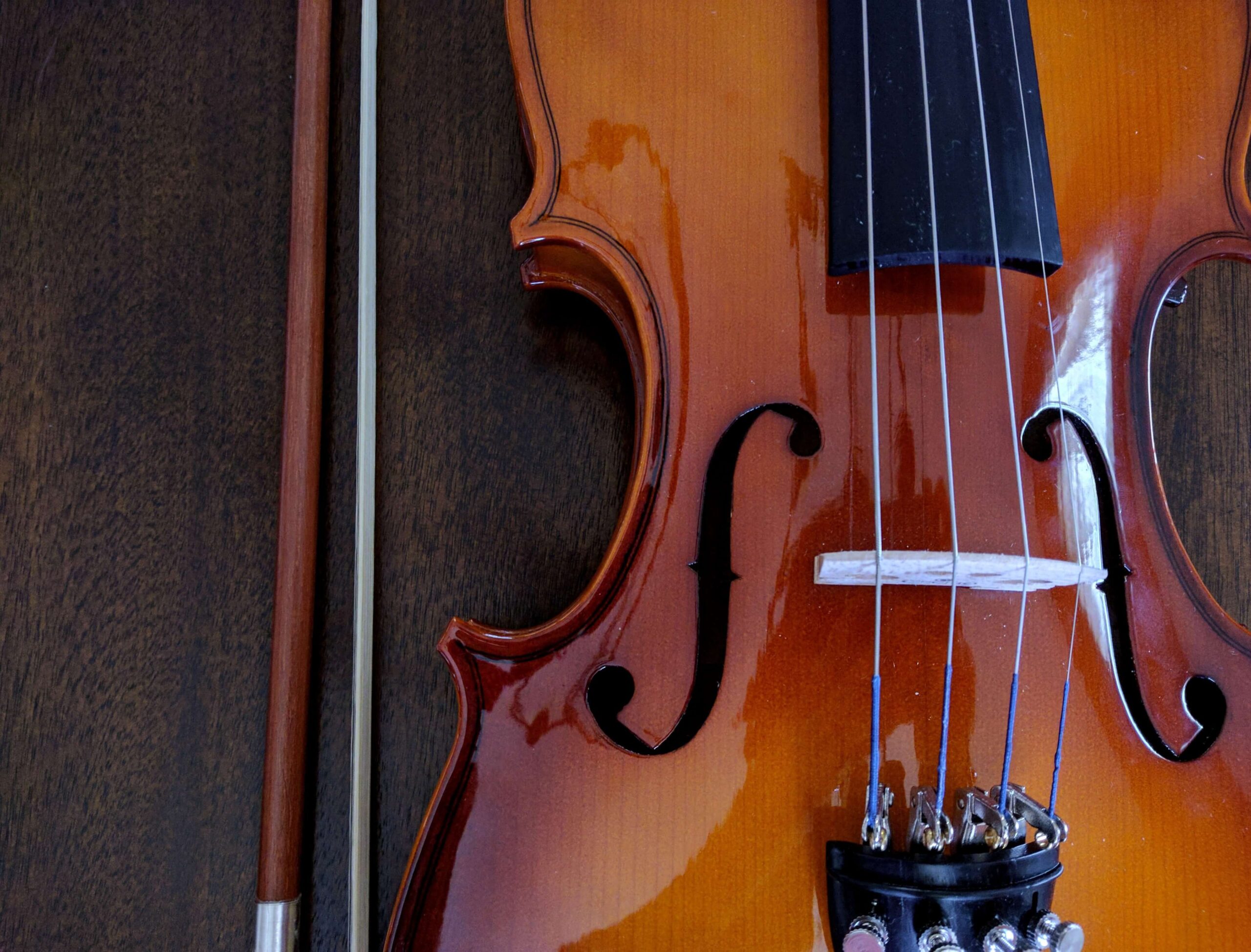Have you heard of the 10,000-hour rule? There’s a theory, popularized by Malcolm Gladwell’s nonfiction book “Outliers,” which suggests to become a master of anything, you need to put 10,000 hours of intense work into the development of that art, skill, profession, etc. While some masters debate whether that’s true, there’s one thing that’s certain: If you want to get better at your chosen skill, you need to put in the development time.
As a violinist, it’s important to learn good habits, stick with them, and play consistently. By doing so, you will be able to improve because you created a good foundation to build from. Through learning and practicing the correct bowing techniques, you will become a more skilled violinist and perhaps reach the point where you can create a tone that suits your playstyle preferences — but you need to put in the work. If so, this approach will allow you to tap into your emotions to give a performance that is rich and full of expression.
Then, as you advance and start playing more difficult music, you can revisit the basics, as needed, and further develop your bowing techniques so that you are able to reach your full potential and give your best performance.
Improved Bowing
Follow these tips to improve your violin bowing, but keep in mind you won’t see immediate changes overnight. Lots of practice will be necessary to become consistent and proficient.
-
- Hold your bow correctly. Your bow grip determines everything — from the angle at which you play to the pressure you place on each bow string. Grips can look different, but it’s key to make sure your hold is relaxed and your fingers are a bit curved. Practice your grip, holding your bow across one of your strings between the bridge and fingerboard to make sure it feels right. Good finger flexibility will go a long way in helping you here. Finger lifts and flexor stretches work great to improve flexibility.
Once you feel good about the grip, go through some simple warm-up pieces and play from there. - Focus on consistency in your movements. How your playing wrist and hand move in comparison to your arm during a bow stroke is important. These parts must work together so that you can move your bow in a straight line. If you cannot do this, you won’t be able to play consistently at a high level, or be in a position to learn more advanced bow techniques.
- Watch how your bow touches the strings. If you are not an experienced violinist, you should always perform with your bow flat on the string. This will enable you to focus on precision and your bow grip while producing a controlled sound that meets the needs of the piece you are playing.
Once you become an advanced player it’s fine to try angles and tilts to hear how those subtle changes impact your sound. - Avoid the frog and the tip — early on. It will be easier to develop good bow techniques by using the middle of your bow, instead of bowing adjacent to the frog or tip. Doing this as a beginner or intermediate player makes it easier to keep your bow straight on the strings. Once you’ve mastered this, then it’s OK to start playing by the bow frog or tip.
- Practice in front of a mirror. The best way to make sure you’re following all the above tips correctly is to practice in front of a mirror. From how your arm, wrist and hand move while gliding your bow across a string to whether you keep your bow flat, you will be able to quickly identify what you are doing right and wrong.
- Hold your bow correctly. Your bow grip determines everything — from the angle at which you play to the pressure you place on each bow string. Grips can look different, but it’s key to make sure your hold is relaxed and your fingers are a bit curved. Practice your grip, holding your bow across one of your strings between the bridge and fingerboard to make sure it feels right. Good finger flexibility will go a long way in helping you here. Finger lifts and flexor stretches work great to improve flexibility.
Bow Techniques Impact Health and Further Development
Like nearly all types of art, it’s wise to master the basics before experimenting with advanced techniques. By being precise and focusing on the basics, your physical health will also benefit. This is because if you use improper bow techniques, you are more likely to develop physical issues that will negatively impact your health and career as a violinist.
The best way to protect your health is to use proper bow techniques and always play with correct posture. While seated, always sit up straight toward the front half of your chair. If you play standing, make sure your legs are relaxed and about shoulder-width apart. Following these simple steps and paying attention to how your body feels can help you avoid injury.
Give Your Best Performance with a CodaBow
If you are ready to take your playing to the next level, try a CodaBow. Pioneer of the carbon fiber bow, CodaBow offers a range of award-winning bow designs that are meant for violinists of all levels. From beginner bows meant to elevate and support the performance of developing musicians to innovative performance bows that offer exceptional command, our bow designs are unsurpassed. Explore the collection today or visit your local CodaBow dealer.
Feel free to sign up on our email list for additional information for bow practice techniques. If you are wanting to see the CodaBow difference, try an In-Home Trial.



Stay Connected